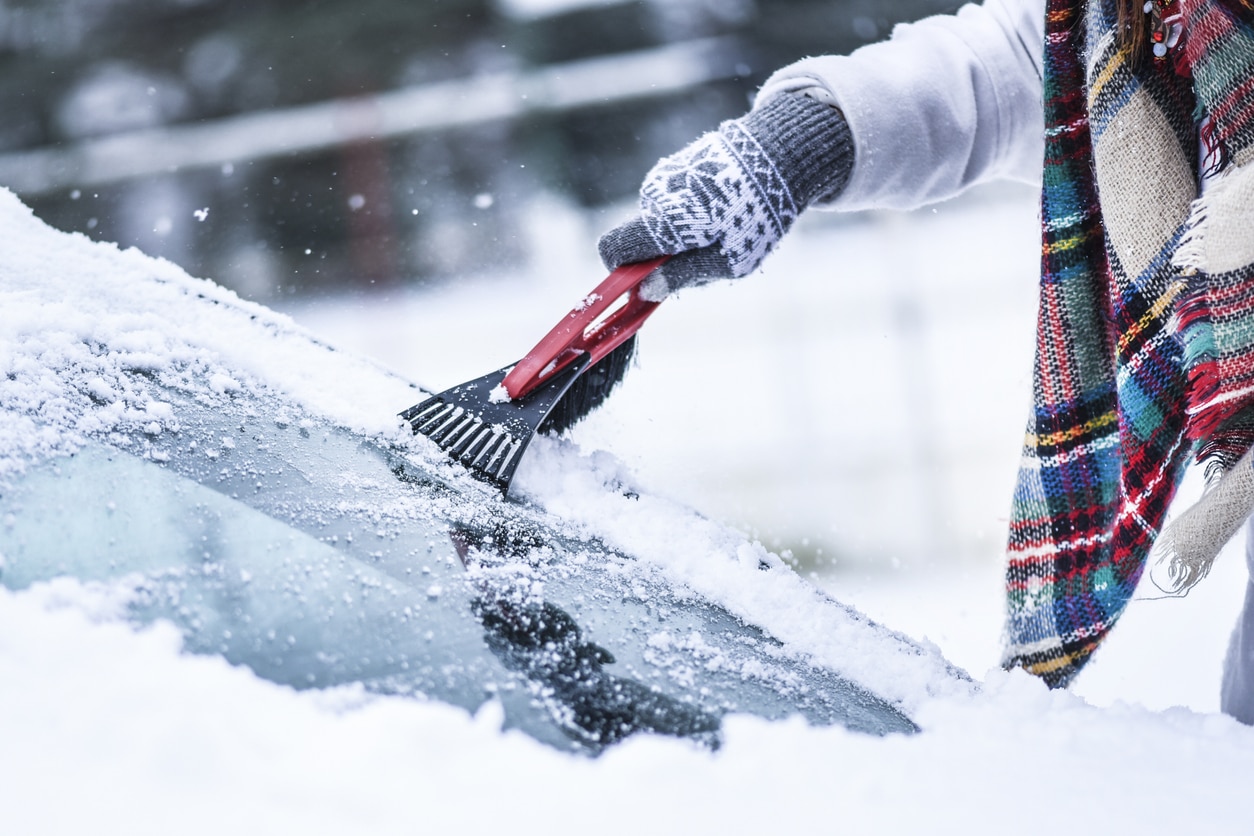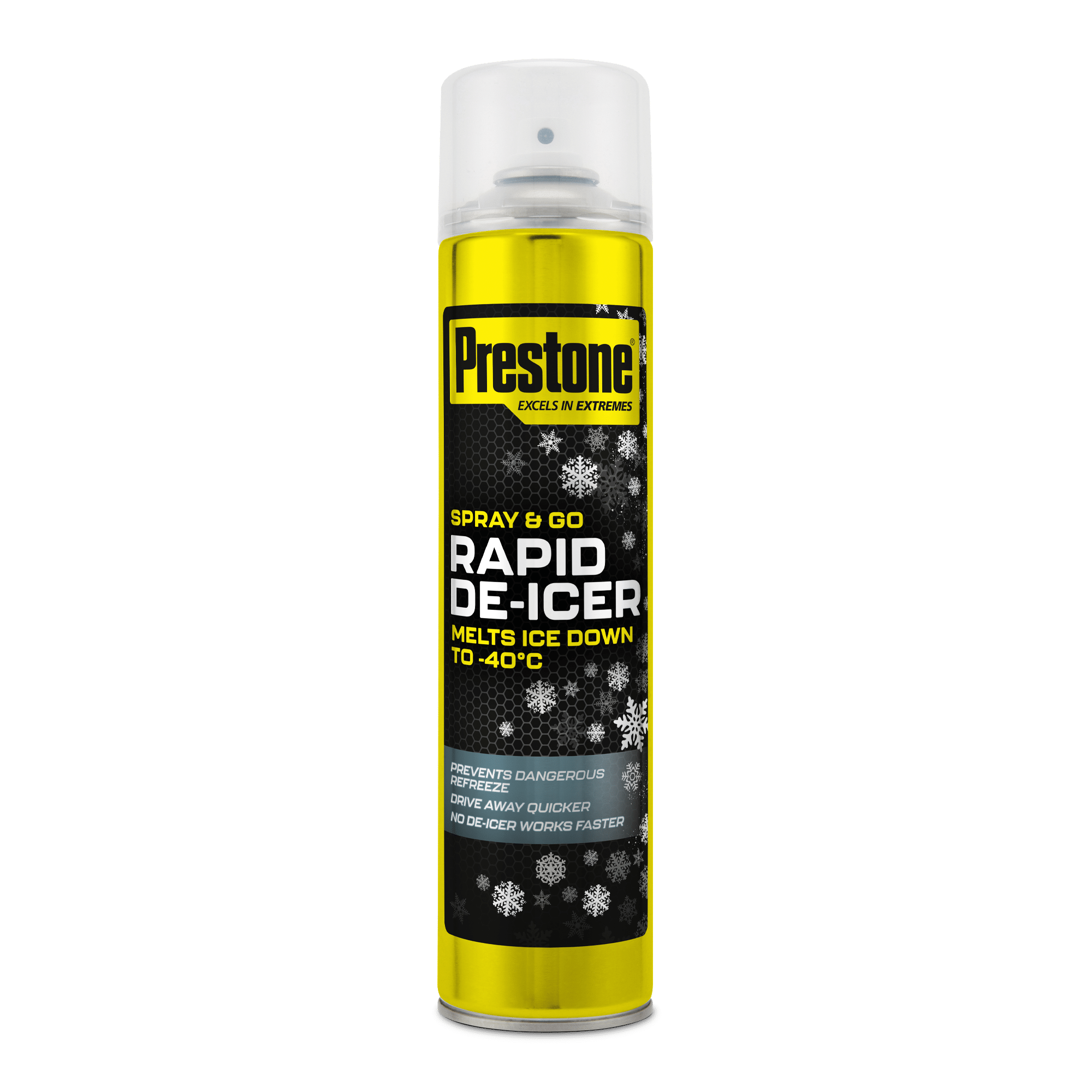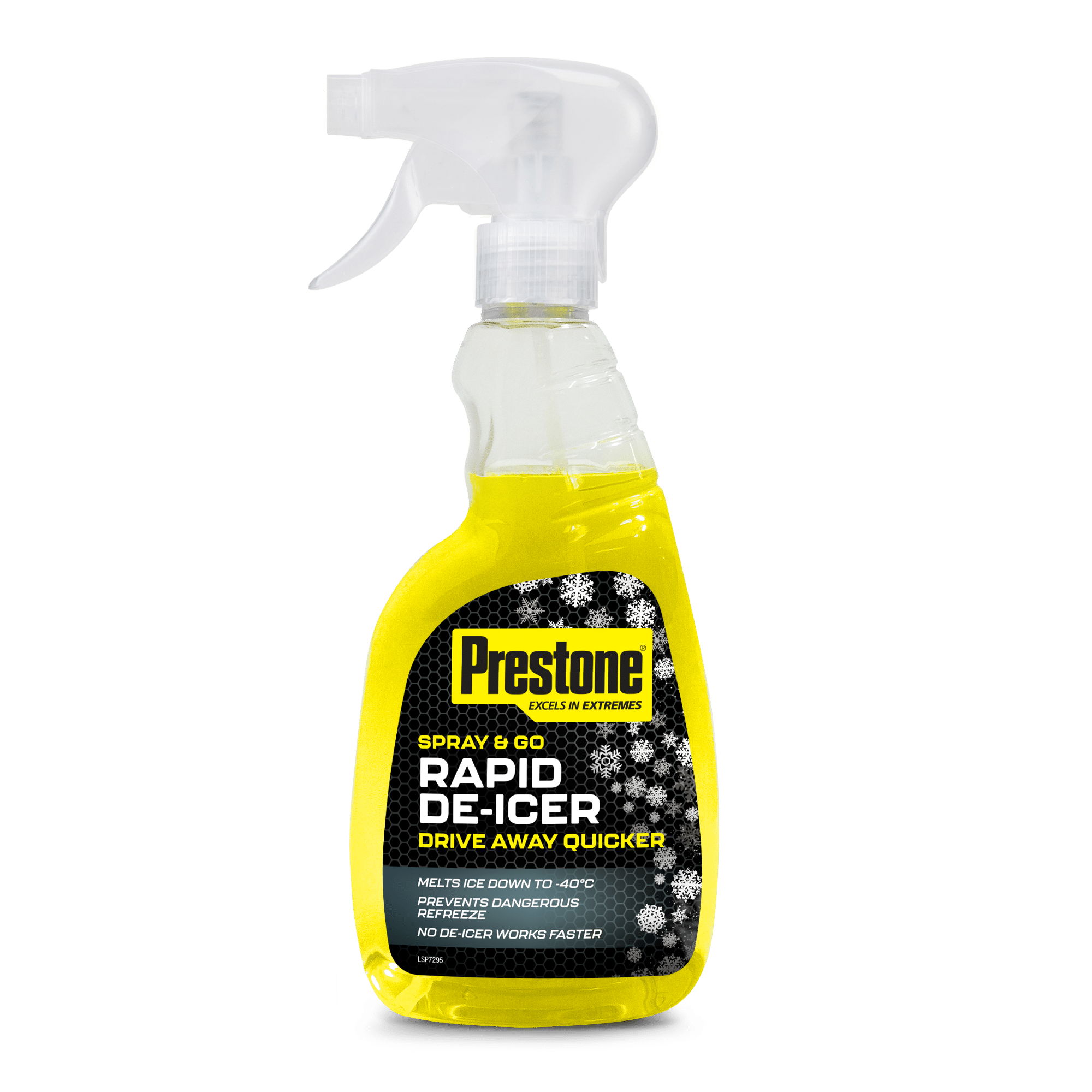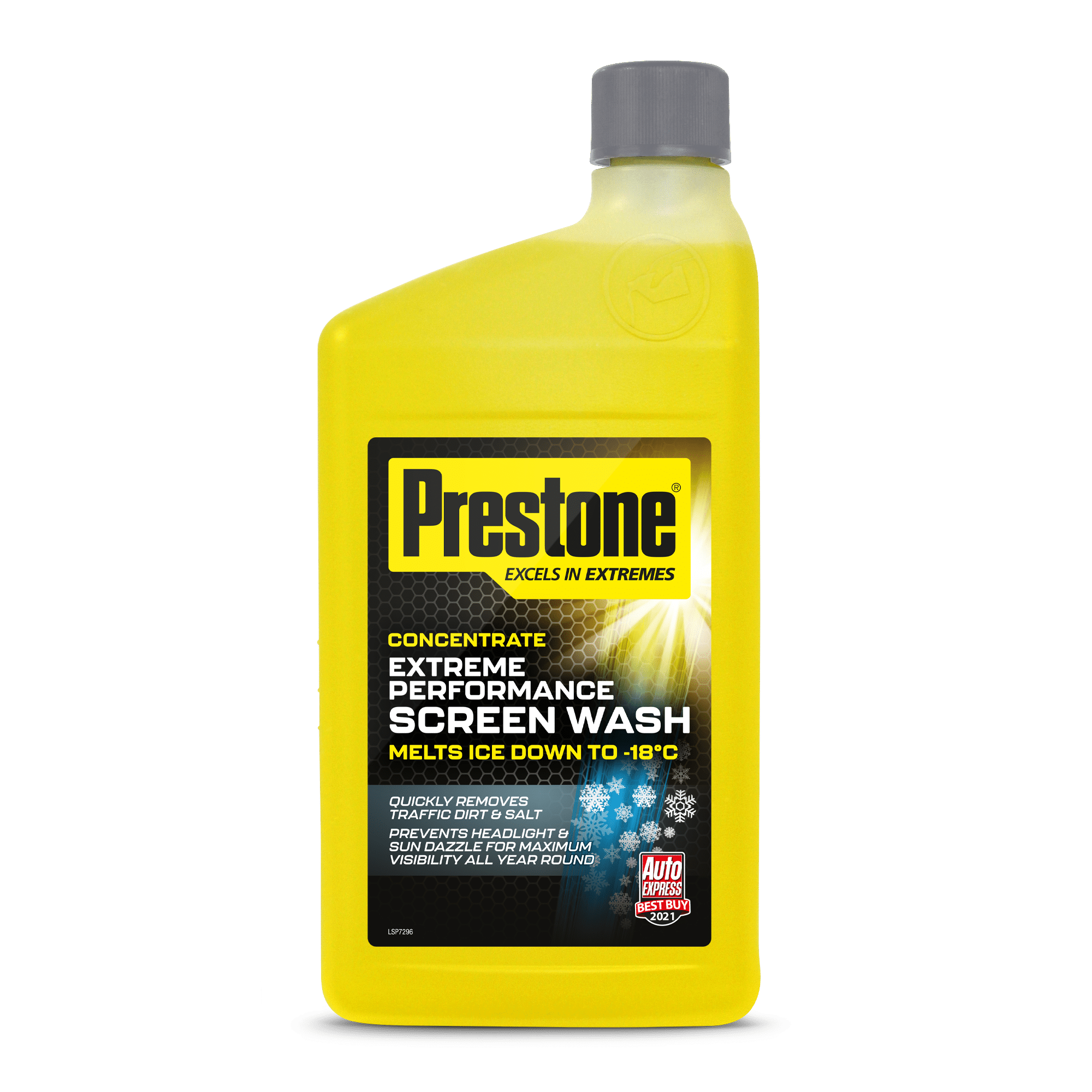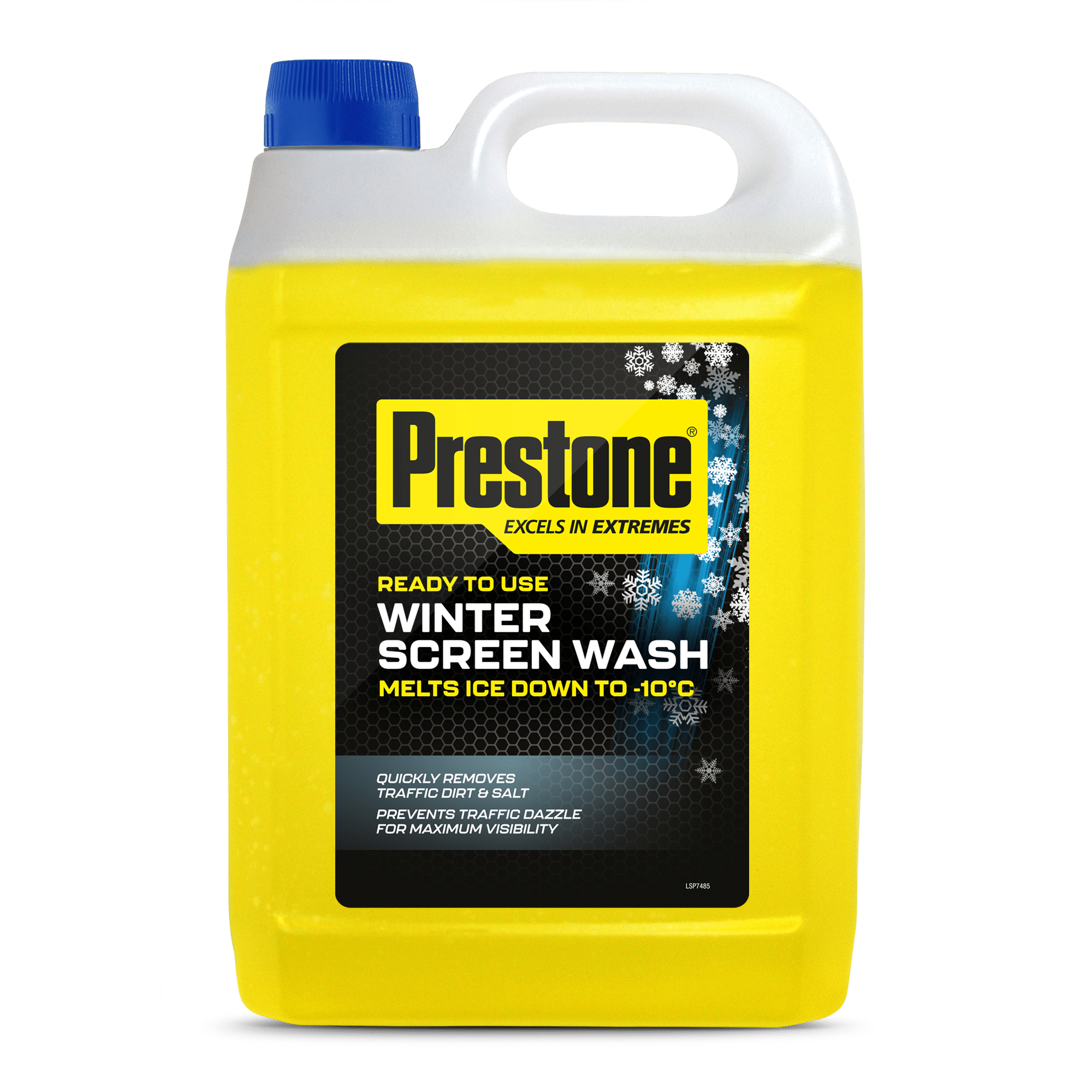As winter rolls in, so too do all the problems that bad weather can cause for our cars.
Car maintenance becomes especially important in the colder months – checking aspects like oil, fuel, tyres, windscreen wipers and wiper blades should take top priority on the to-do list. Nobody wants to be caught out by an unexpected problem.
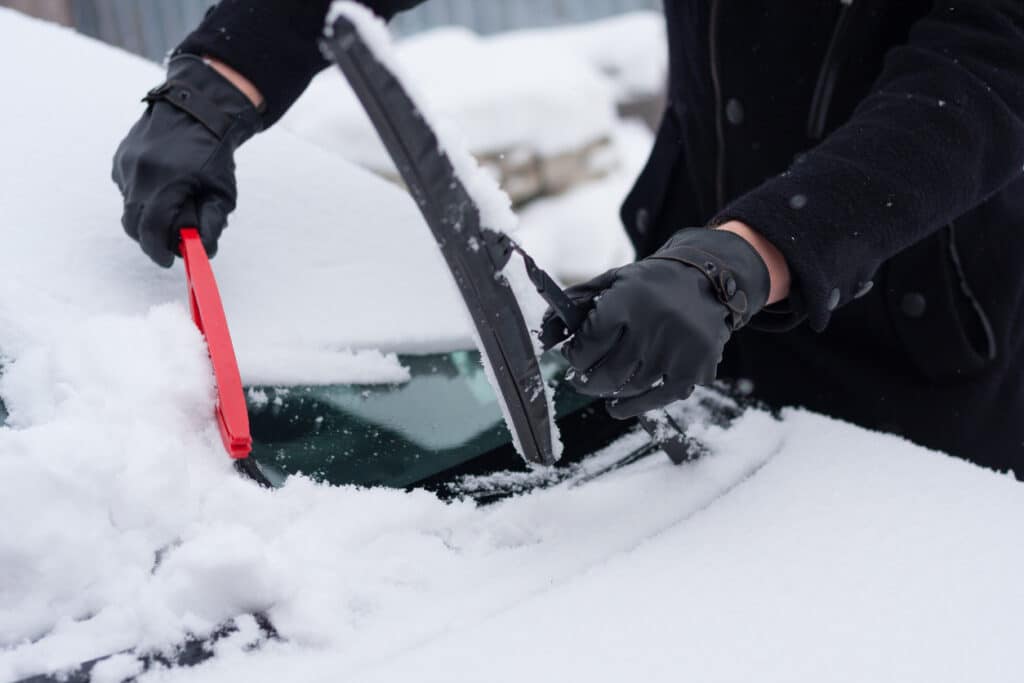
In this guide, we’ve covered everything you’ll need to best protect your windscreen from snow and ice this upcoming winter, including how to prevent build-up and how to get rid of it.
Use the links below to jump to the section you need or read on for the full guide.
Quick links:
- What Could Happen if You Drive with Snow on Your Car?
- Checking Your Car Before Driving in Snow
- Removing Snow from Your Car
- Can Snow Damage Your Windscreen?
What Could Happen if You Drive with Snow on Your Car?
According to the Highway Code, you must, by law, be able to see out of every glass panel in your car when driving in adverse weather conditions.
This is supported by the Road Traffic Act 1988, which states that before setting off it is a legal requirement to have a clear view of the road ahead. This includes ensuring your windscreen is thoroughly de-iced on the outside and wholly demisted on the inside.
Failure to meet these requirements could incur a fine. But more importantly, it could place your life, the lives of your passengers and the lives of those around you in danger.
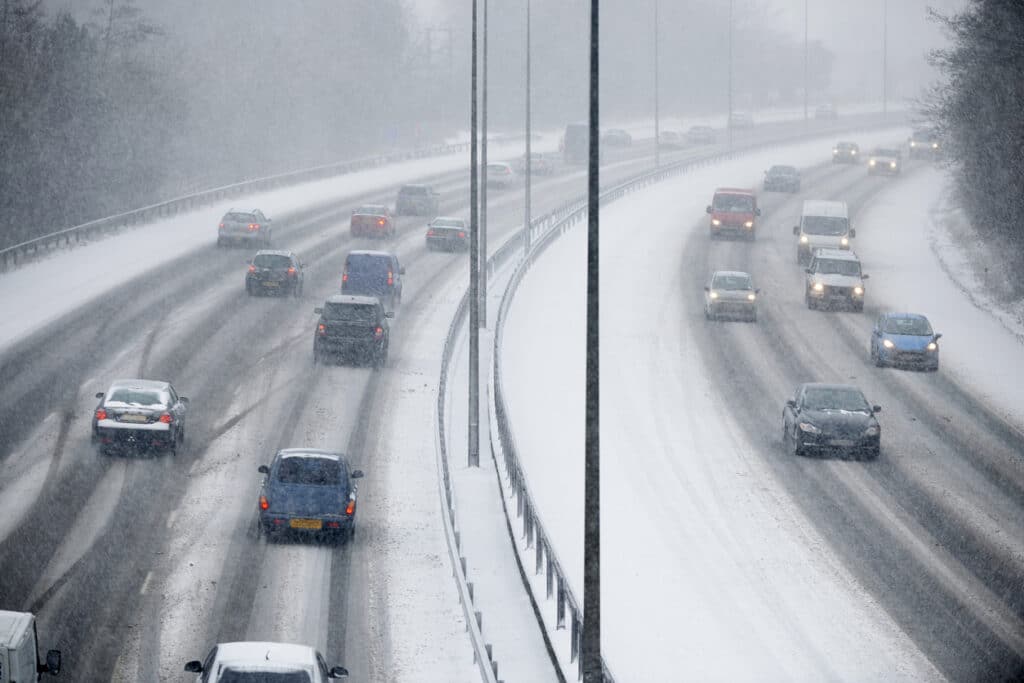
Checking Your Car Before Driving in Snow
There are several checks to complete before you’re good to get on the road safely in the snow.
Before anything, you should ensure you have enough fuel to complete the journey. Wintry weather brings heavy stop/start traffic with it, which tends to use more fuel. If the weather changes when you’re running low and your journey times unexpectedly increase, you could encounter problems.
Other checks that should be carried out include ensuring your oil levels are correct and that your tyres have enough tread to ensure maximum grip in icy and wet conditions.
Once these have been checked, we can move on to how you can protect the windscreen in the snow.
Check Your Wiper Blades
The elements can cause a build-up of dirt on your windscreen. Rain, snow, ice and road salt can all affect visibility, so checking that your wipers are doing their job is more important than ever in winter.
Spray some washer fluid and turn your wipers on to check they’re effectively cleaning the windscreen. You should also check the blades by running your finger along the rubber and feeling for any splits or cracks.
Remember – wiper blades should be changed every 12 months, so it’s worth doing this before winter each year.
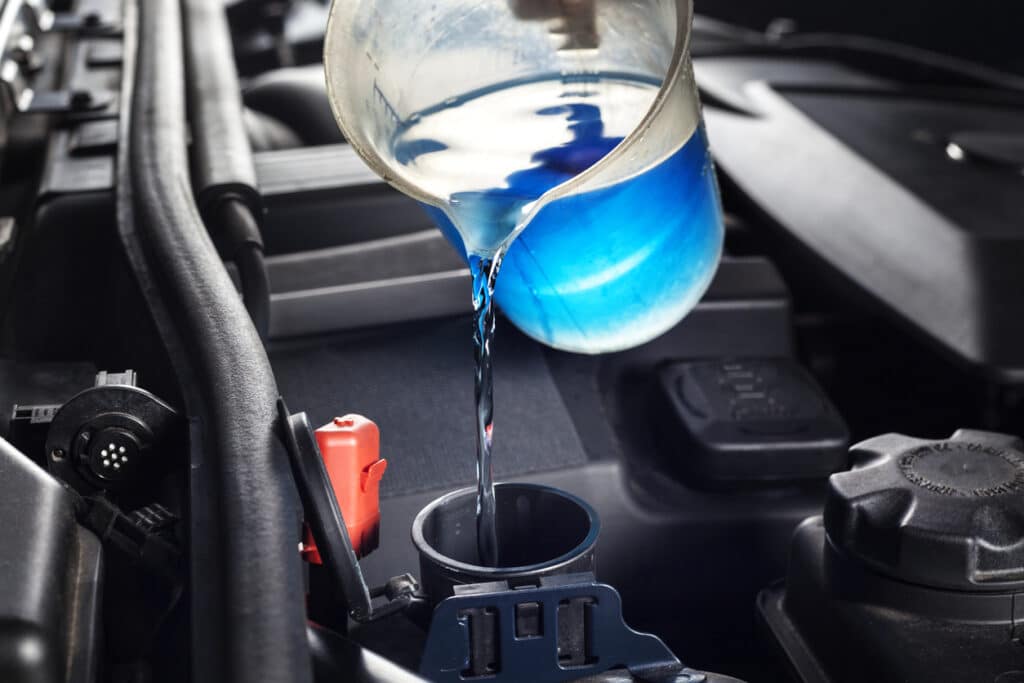
Use Winter-Ready Screen Wash
Make sure you top up your screen wash with a product that is effective at low temperatures, like our Maximum Visibility Screen Wash for Winter. This screen wash helps to keep the windscreen free from ice and dirt – particularly the winter road grime caused by road salting and gritting which can cause visibility issues.
There is the added risk of a frozen windscreen which is another reason to ensure you use a proper anti-freeze screen wash, which can help prevent the re-freezing of ice on the windscreen while you’re trying to remove it.
Removing Snow from Your Car
Believe it or not, there is a right way to remove snow and ice from your car.
You should always be able to see clearly out of every bit of glass. If snow falls from the roof onto your windscreen while driving, you risk being penalised for driving without due consideration or for using a motor vehicle in a dangerous condition.
So, to eliminate this risk and properly remove it from your car, you’ll need to use a good de-icer capable of working in low temperatures. Our Rapid De-Icer is a great option since it can melt ice down to -40°C and works hard to prevent re-freezing.
Snow and ice should be removed using de-icer and a scraper until it is cleared from the entire car. Just remember to be careful when using the scraper, as you don’t want to scratch the glass or paintwork accidentally. Only use enough pressure to remove the loose snow and ice debris, and the de-icer will take care of the rest.
To remove loose snow from the rest of your car, you have a few options.
A soft-bristled broom works well, or you can get a scraper with an extra-long brush-head handle that makes it easier to clear powder off the roof. Failing that (and if you’re in a rush) your own arm is as good a tool as any for clearing snow quickly – provided you’re wearing gloves and a warm, waterproof coat that is!
Of course, you can also prevent snow from building up on the car’s windscreen in the first place by using a cover or by parking under cover.
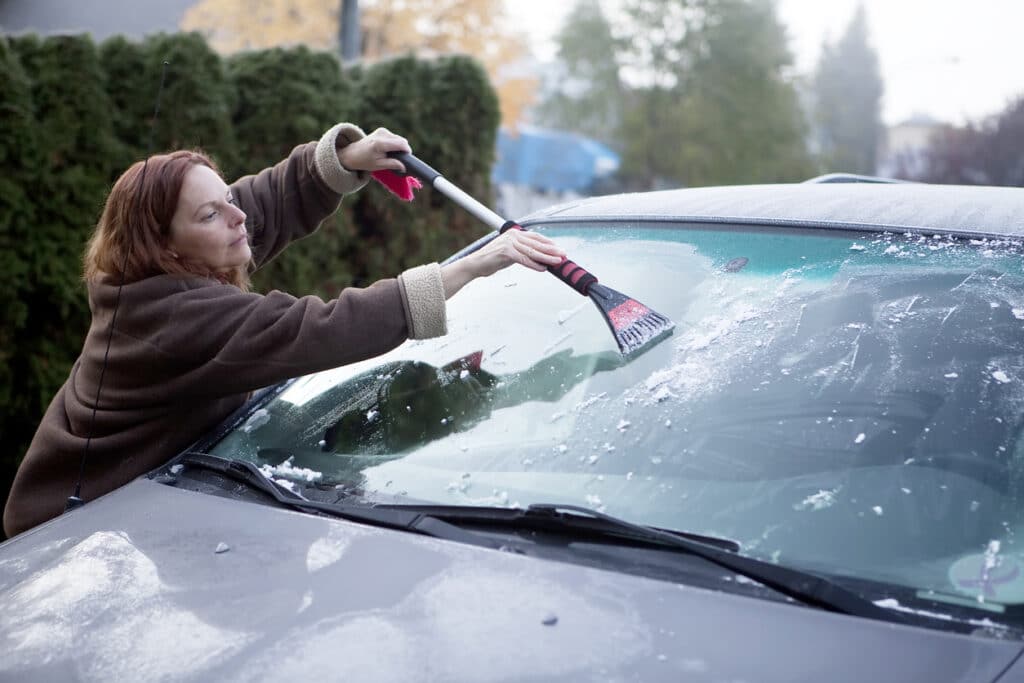
Can Snow Damage Your Windscreen?
Surprisingly, snow can damage your car – or at the very least can harm the windscreen.
Here are a few ways that snow can cause damage:
- Snow can cause surface bumps/dents and moisture damage
- Heavy snow can place unnecessary strain on your windscreen, or cause the adhesive to weaken around the edges
- Wipers can get broken if they’re used to remove ice or snow
- Unknown or existing chips and cracks in the windscreen can fill with moisture from the snow, which can worsen the problem
Always remember when driving in the snow to accelerate gently and change up to a higher gear when setting off, and consider that it will take much longer to stop. The main thing to keep in mind during winter is safety, and alongside having a clear view of the road ahead, you should always be considerate of other road users.
Have you found this guide useful? Head to the Prestone help centre for more handy tips and advice on how to look after your car this winter.
